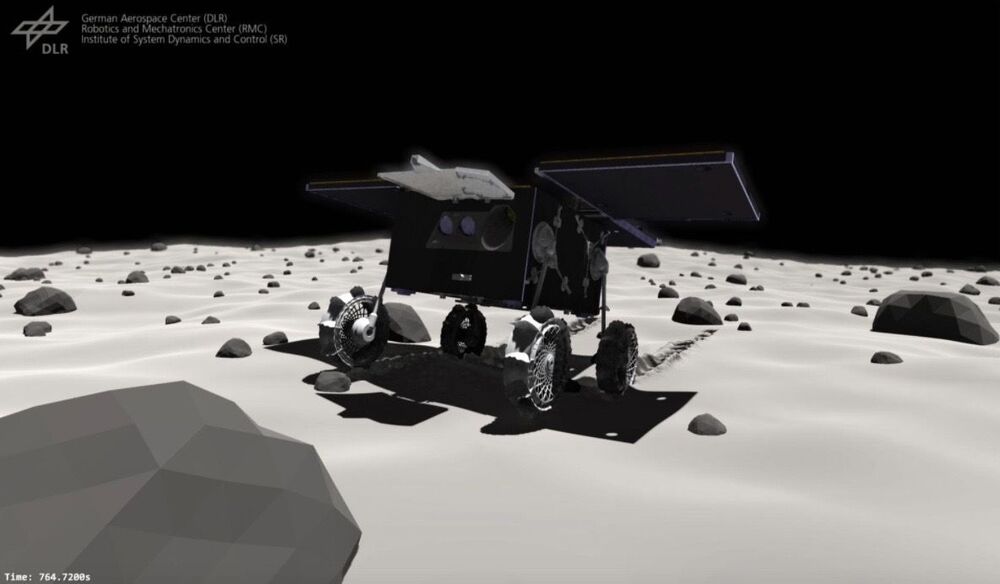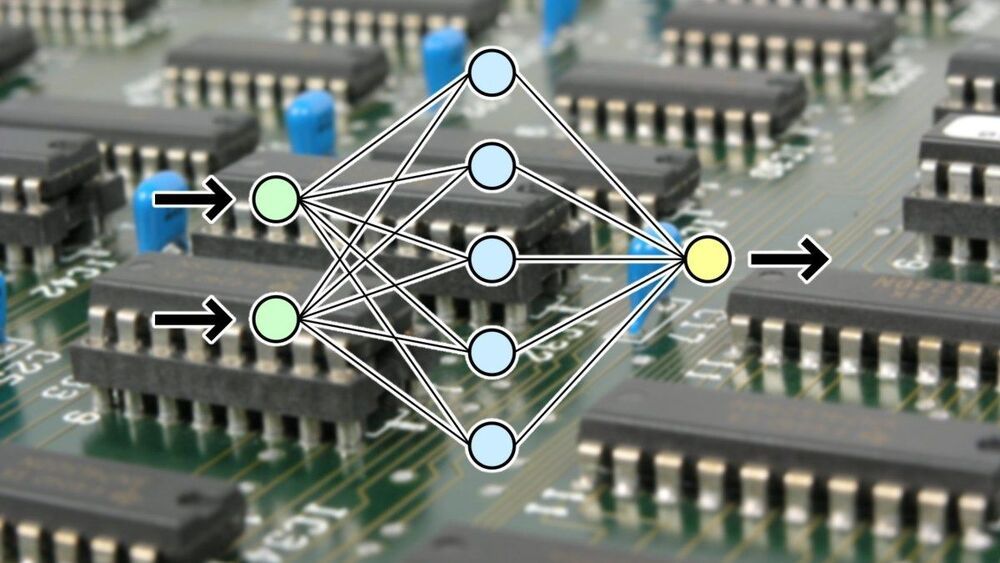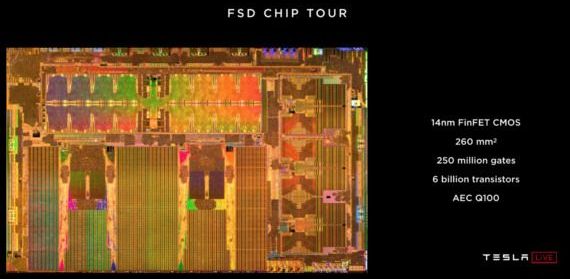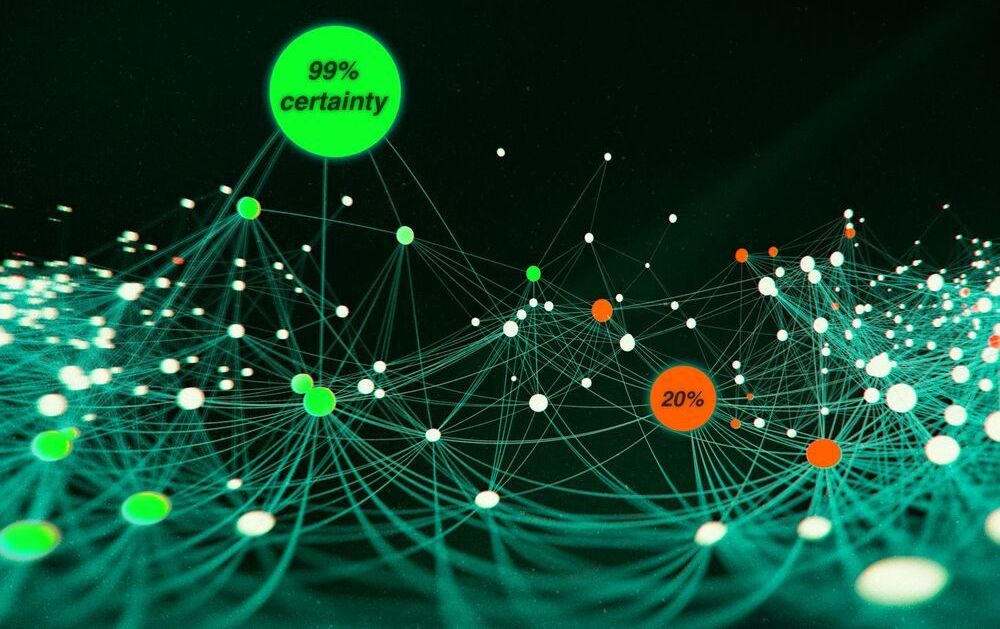China plans to launch an unmanned spacecraft to the moon this week to bring back lunar rocks — the first attempt by any nation to retrieve samples from Earth’s natural satellite since the 1970s.
The Chang’e-5 probe, named after the ancient Chinese goddess of the moon, will seek to collect material that can help scientists understand more about the moon’s origins and formation. The mission will test China’s ability to remotely acquire samples from space, ahead of more complex missions.
If successful, the mission will make China only the third country to have retrieved lunar samples, following the United States and the Soviet Union decades ago.






